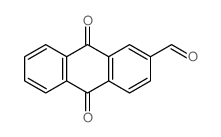1758-68-5
| Name | 1,2-diaminoanthraquinone |
|---|---|
| Synonyms |
EINECS 217-156-2
1,2-diamino-9,10-anthraquinone 1,2-diaminoanthracene-9,10-dione 1,2-diamino-anthraquinon DAA MFCD00001219 1,2-Diaminoanthraquinone 1,2-diamino-10-anthracenedione diamino-anthraquinone 10-Anthracenedione,1,2-diamino-9 |
| Description | 1,2-Diaminoanthraquinone is a sensitivity, specificity and nontoxic nitric oxide (NO) fluorescent probe. 1,2-Diaminoanthraquinone can be used to detect NO productions in live cell and animals with a maximum of absorption at about 540 nm and a detection limit of 5 μM for NO[1][2]. |
|---|---|
| Related Catalog | |
| In Vitro | 1,2-Diaminoanthraquinone and the product formed upon its reaction with NO, DAA-TZ, can be spectrally resolved using fluorescence spectroscopy and confocal microscopy[1]. Immunofluorescence[1] Cell Line: Raw 264.7 macrophage cells Concentration: 27.4 μM Incubation Time: 20 min Result: Reacted with NO in the presence of oxygen in the intracellular environment to yield DAA-TZ. |
| References |
| Density | 1.456 g/cm3 |
|---|---|
| Boiling Point | 548.8ºC at 760 mmHg |
| Melting Point | 289-291 °C(lit.) |
| Molecular Formula | C14H10N2O2 |
| Molecular Weight | 238.24100 |
| Flash Point | 285.7ºC |
| Exact Mass | 238.07400 |
| PSA | 86.18000 |
| LogP | 2.78880 |
| Vapour Pressure | 4.26E-12mmHg at 25°C |
| Index of Refraction | 1.757 |
CHEMICAL IDENTIFICATION
HEALTH HAZARD DATAACUTE TOXICITY DATA
MUTATION DATA
|
| Symbol |

GHS07 |
|---|---|
| Signal Word | Warning |
| Hazard Statements | H315-H319-H335 |
| Precautionary Statements | P261-P305 + P351 + P338 |
| Personal Protective Equipment | dust mask type N95 (US);Eyeshields;Gloves |
| Hazard Codes | Xi: Irritant; |
| Risk Phrases | R36/37/38 |
| Safety Phrases | S26-S37/39 |
| RIDADR | NONH for all modes of transport |
| WGK Germany | 3 |
| RTECS | CB6200000 |
| HS Code | 2922399090 |
| Precursor 10 | |
|---|---|
| DownStream 7 | |
| HS Code | 2922399090 |
|---|---|
| Summary | 2922399090 other amino-aldehydes, amino-ketones and amino-quinones, other than those containing more than one kind of oxygen function; salts thereof VAT:17.0% Tax rebate rate:9.0% Supervision conditions:none MFN tariff:6.5% General tariff:30.0% |
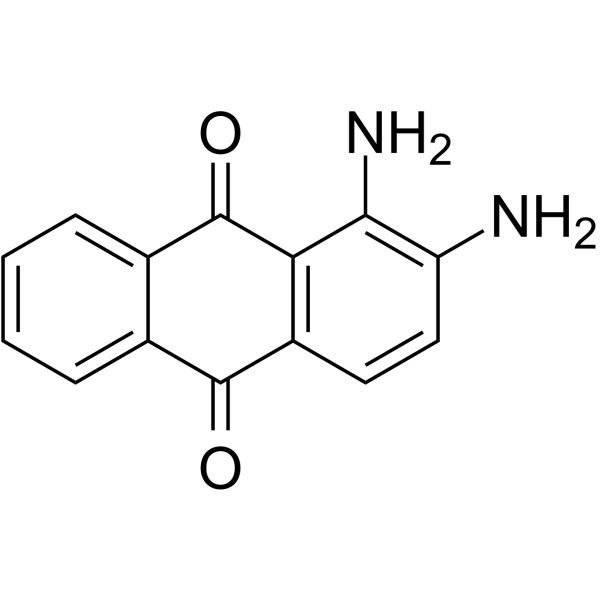
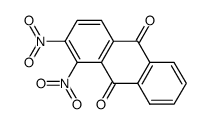

![3-dimethylaminoanthra[1,9-c,d]isoxazol-6-one structure](https://image.chemsrc.com/caspic/492/83206-52-4.png)

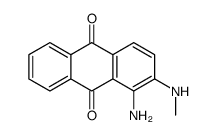
![3-diethylaminoanthra[1,9-c,d]isoxazol-6-one structure](https://image.chemsrc.com/caspic/454/83206-53-5.png)
![3-amylaminoanthra[1,9-c,d]isoxazol-6-one structure](https://image.chemsrc.com/caspic/124/70730-79-9.png)
![6H-anthra[1,9-cd]isoxazol-6-one structure](https://image.chemsrc.com/caspic/407/70730-89-1.png)
![3-bromo-6H-anthra[1,9-cd]isoxazol-6-one structure](https://image.chemsrc.com/caspic/014/70730-91-5.png)
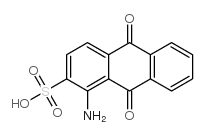
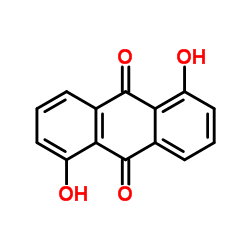
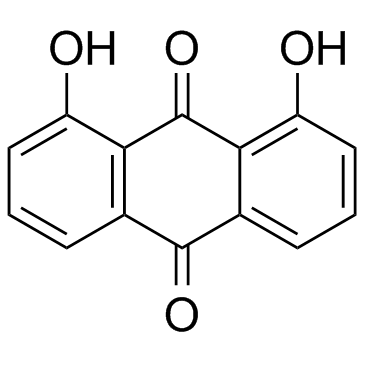
![9,10-Anthracenedione,1,4-bis[(2-oxiranylmethyl)amino] structure](https://image.chemsrc.com/caspic/136/78146-26-6.png)
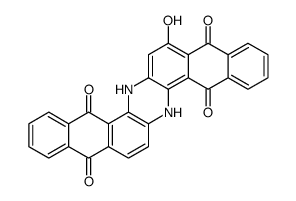
![2,3-dimethylnaphtho[3,2-f]quinoxaline-7,12-dione structure](https://image.chemsrc.com/caspic/118/89986-91-4.png)
![2,3-dihydroxy-naphth[2,3-f]quinoxaline-7,12-dione structure](https://image.chemsrc.com/caspic/312/6259-70-7.png)
